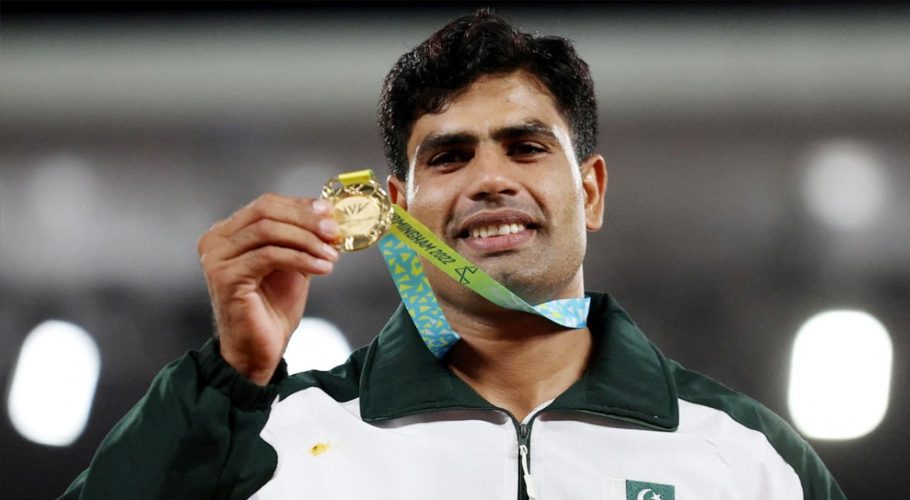The federal government has informed the International Monetary Fund (IMF) of its intention to raise the average electricity tariff through annual adjustments from Rs. 5 to Rs. 7 per unit starting in July. Despite this proposed increase, the government admits it is likely to fall short of its circular debt reduction target.
Furthermore, the IMF has dismissed the government’s suggestion to reduce power tariffs for industries by transferring the burden onto consumers who use up to 200 units per month through fixed charges. The IMF has requested more detailed information regarding the proposed Rs. 7 per unit increase in the average electricity tariff.
The current effective electricity price for domestic consumers stands at Rs. 62 per unit, inclusive of various surcharges and taxes. The anticipated tariff hike is closely linked to budget subsidies exceeding Rs. 1.2 trillion for the fiscal year 2024-25. Any alterations to subsidy amounts will impact the expected price hike.
Despite multiple electricity price adjustments in the past two years, circular debt remains a persistent issue. For the current fiscal year, the government and IMF had set a circular debt target of Rs. 2.3 trillion. However, the Ministry of Energy has signaled that this target may be exceeded by Rs. 80-100 billion.
Meanwhile, the Ministry of Finance has proposed Rs. 920 billion in power subsidies for the upcoming fiscal year, although a final decision has yet to be reached on this matter.
Efforts to address challenges in the power sector, such as combating electricity theft, have proven insufficient. While the energy ministry proposed a fixed monthly surcharge for consumers using up to 200 units, the IMF has opposed imposing additional burdens on domestic consumers to benefit industrial users.
In the current fiscal year, direct tariff differential electricity subsidies were estimated at Rs. 632 billion, with only Rs. 158 billion covered by the budget. The remaining Rs. 474 billion was borne by residential, commercial, and industrial consumers.





































